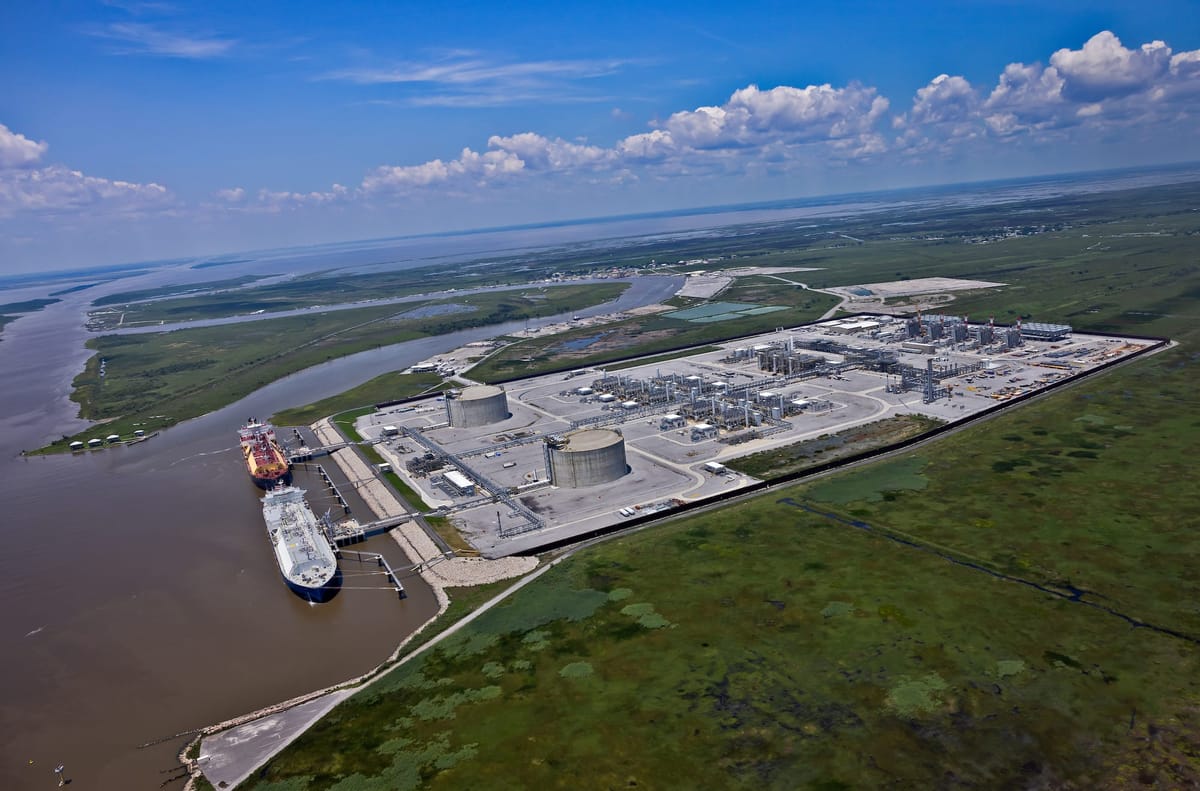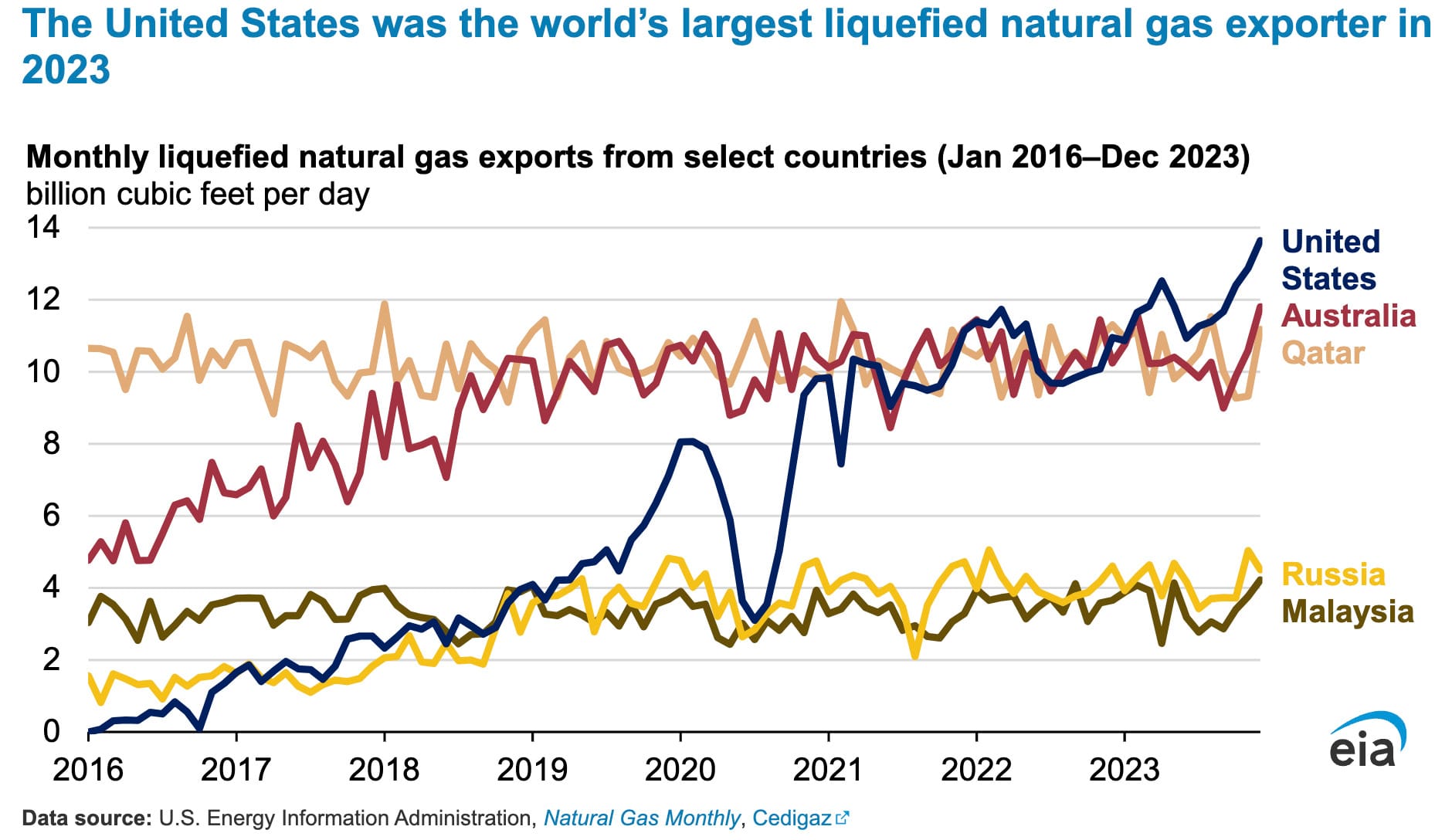Venture Global’s ‘carbon bomb’ LNG plant on hold — for now
The Federal Energy Regulatory Commission set aside its approval of the massive CP2 facility until further studies are done on air pollution

Environmental groups are declaring a temporary victory after the Federal Energy Regulatory Commission rescinded its approval of CP2, a $10 billion liquefied natural gas terminal planned for southwest Louisiana.
The Nov. 27 decision will require Venture Global to perform an additional study examining the cumulative impacts of nitrogen dioxide and particulate matter emissions from the terminal in Cameron Parish. FERC approved construction of the terminal in June. Venture Global has already filed a schedule for the additional study, anticipating FERC will once again approve CP2 in July.
Opponents of the plant have labeled it a “carbon bomb” that would emit greenhouse gasses equivalent to 1.8 million gasoline-powered cars — more than the total number of vehicles registered in the state of Louisiana.
The groups that filed the challenge — including For a Better Bayou, Fishermen Involved in Sustaining Our Heritage (FISH), Natural Resources Defense Council and the Sierra Club — welcomed the delay, but said FERC needs to do even more environmental analyses on CP2.
“While the pause on construction may offer the community some temporary relief, it is, at best, a short-term fix to a much deeper problem. FERC’s original authorization was deeply flawed,” said Megan Gibson, senior attorney for the Southern Environmental Law Center, which filed the rehearing request on behalf of the groups.
Except for agreeing that more air pollution analysis was needed, FERC rejected all other arguments, including that the agency failed to require an analysis of greenhouse gas emissions on environmental justice communities, and that the loss of wetlands in the coastal area would not be significant.
The agency had little choice but to require the additional air study. In August, after FERC approved CP2, the D.C. Circuit Court of Appeals vacated its approval of Texas’ Rio Grande LNG on grounds including an insufficient environmental analysis. Rio Grande is appealing that decision. That suit is still pending.
Following the Rio Grande decision, opponents filed lawsuits against the CP2 approval in September.

“FERC’s pause on construction may give us some temporary reprieve, but this project never should have been authorized in the first place. As far as anyone who believes in the fairy tale of LNG being cleaner, we have paid with our communities and livelihoods,” said Travis Dardar, founder of FISH.
Dardar and other fishers in the area say their annual catch has dropped 50% in the waters off Calcasieu and Cameron parishes — which they attribute to existing LNG facilities. FERC responded in its decision that it isn’t clear the decline is caused by the LNG terminals.
Exports of U.S. natural gas have skyrocketed since 2016. The United States is now the largest exporter of the superchilled methane gas. In January, the Biden administration issued a pause on approving exports of LNG to some countries to evaluate the impact of the fuel’s export. That decision was overturned by a federal judge in July.

The evaluation on exports is expected before Biden leaves office in January. It’s uncertain whether the study’s findings will have any impact on incoming President Donald Trump’s announced intent to speed the development of more LNG terminals.
Floodlight is a nonprofit newsroom that investigates the powerful interests stalling climate action.


